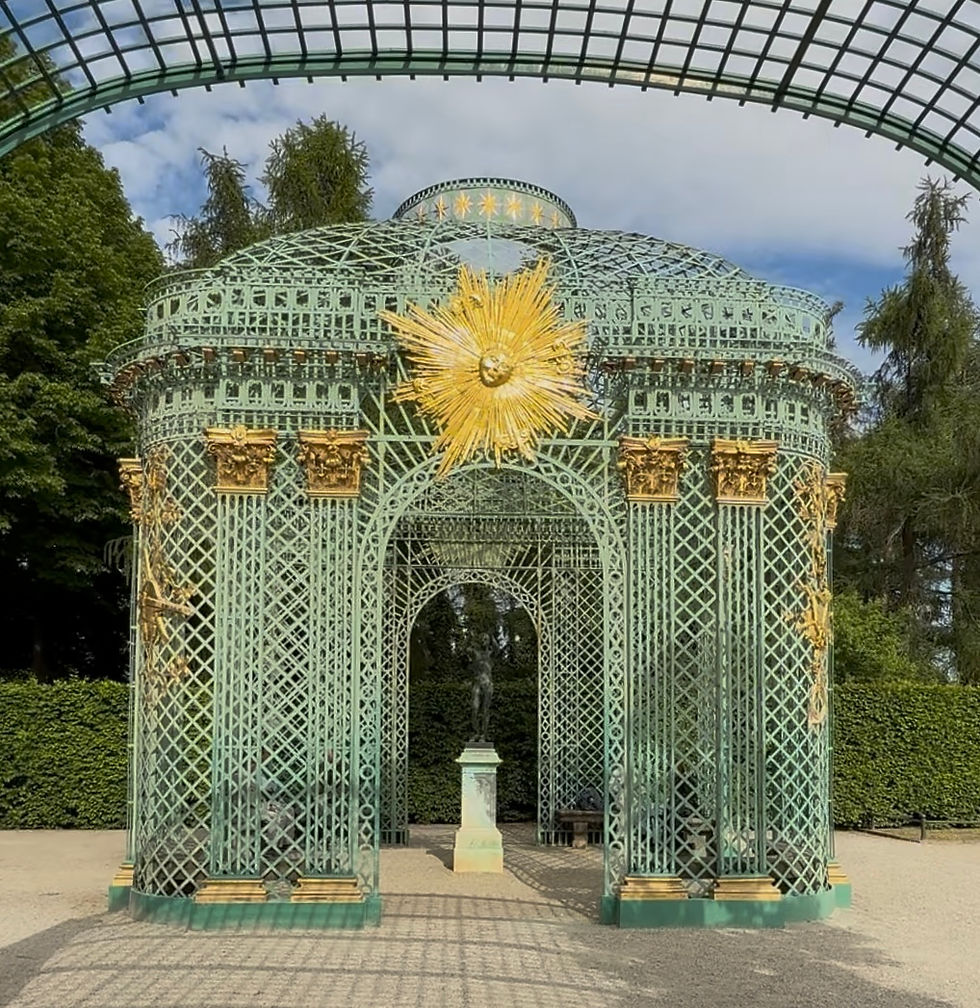A discussion post for the 62nd International Making Cities Livable conference in Potsdam, Germany, October 15-19, 2025

ABOVE: In spite of tripled housing units from 1960 to 2020 - far outpacing population growth - the city of Vancouver B.C. not only did not reduce housing costs, it saw the highest costs in North America. The lesson is clear: adding supply alone does not lower housing cost.
By Patrick Michael Condon
James Taylor Chair in Landscape and Liveable Environments
University of British Columbia
For more than four decades, urbanists like myself have tirelessly championed walkable neighborhoods, mixed-use developments, and communities of diverse incomes and backgrounds. We fought for places where children could walk to school, neighbors could meet over shared stoops, and housing didn’t come at the cost of one's mental health or financial ruin. And to some extent, we succeeded. Today, these ideas appear in planning documents across North America, their language absorbed into the bureaucratic vernacular of city halls.
Yet despite this apparent progress, the results have been devastatingly clear: we have failed.
Housing is more expensive, more unequal, and more elusive than at any time in living memory. Middle-income families are increasingly locked out of the communities they serve. The very idea of an affordable home near one's work, friends, or family has slipped out of reach for half the population. And during the crucible of the Covid-19 pandemic, this quiet disaster screamed into full view: how we organize our cities is not just inefficient—it is killing people.
So what went wrong? Is there malice behind our planning decisions? A conspiracy of developers and planners? I prefer a less cynical answer. The problem is not one of intention but of omission. For decades, we have chased shadows—tweaking form, scale, and use—while ignoring the single most powerful force in urban life: the price of land.

Let us call things by their true names. Land rent—the unearned income that accrues to landowners merely by virtue of owning a finite, immobile resource—is the root of our crisis. Cities grow, infrastructure is built, workers labor, businesses invest—and the lion's share of the resulting wealth is quietly siphoned off in the form of escalating land values. Whether you pay it to a landlord or to a bank in the form of a mortgage, land rent is a toll on civilization itself. It produces nothing. It absorbs everything.
This was not always so starkly felt. In the three postwar decades, the malign effects of land rent were temporarily subdued. Mass homebuilding, vast tracts of inexpensive land, and strong labor protections created a fleeting period when even a grocery clerk could support a family and buy a modest home. But in the past forty years—and most acutely in the last twenty—the machinery of rent extraction has roared back to life. In cities blessed with job growth and human talent, prosperity itself has become a poison. Wages rise, businesses thrive—and land prices soar beyond all proportion, consuming every gain.
This is not a paradox. It is exactly what Henry George foresaw more than a century ago: that progress, under conditions of land monopoly, does not lift all boats. It raises the tide and sinks the workers.

Urbanists today face a bitter truth. We have clung to the belief that by simply allowing more housing—by removing zoning barriers and permitting greater density—the market would heal itself. But the market cannot correct a pathology embedded in the price of land. When land is privately monopolized, every act of good—every new transit line, every new job, every permitted duplex—only inflates the underlying value of dirt. The landlord wins. The renter does not.
So what can be done?
The answer, as George taught, lies not in punishing wealth creation, but in reclaiming the unearned increment—the rise in land value that society itself creates. Cities like Vienna have shown that when land rent is captured for the public good—through social ownership, value capture, or public housing on publicly owned land—housing can be both abundant and affordable. It creates room for labor to flourish and capital to invest, without being strangled by parasitic rent.
The tragedy is not that the problem is complex, but that its solution is so boringly simple. We already have the tools. Zoning, development controls, land use planning—these are the legal levers we need. But instead of using them to tame land speculation and demand affordability, we have turned them into scapegoats. We blame “supply constraints” and “NIMBYs” for housing stress, when in truth we are misdiagnosing the disease. The culprit is not the refusal to build more units. It is the mechanical process by which land absorbs every benefit and leaves workers with the bill.
In this light, our housing crisis is not a natural disaster. It is the foreseeable result of public policies that have surrendered to private land interests. And yet the opportunity is immense. By restoring the principle that land should serve the people, not the other way around, we could reverse course. We could build not only more housing, but just housing.
Henry George died trying to teach this truth. That labor and capital are not enemies. Their common adversary is land monopoly—land rent that demands payment without work, innovation, or contribution.
Our cities do not suffer from a lack of buildings. They suffer from a lack of justice in how we allocate and price the land beneath them.
We can fix this. But only if we remember what we have forgotten. And only if we act with the moral clarity this moment demands. Our children—and their cities—are counting on us.
Professor Patrick M. Condon
James Taylor Chair in Landscape and Liveable Environments

ABOVE: Patrick Condon at the 61st International Making Cities Livable in 2024.
New book on housing equity https://www.ubcpress.ca/broken-city
Current initiative: https://designinganddemocracy.blogspot.com/
---
More information on the 62nd International Making Cities Livable conference: https://www.imcl.online/potsdam-2025











